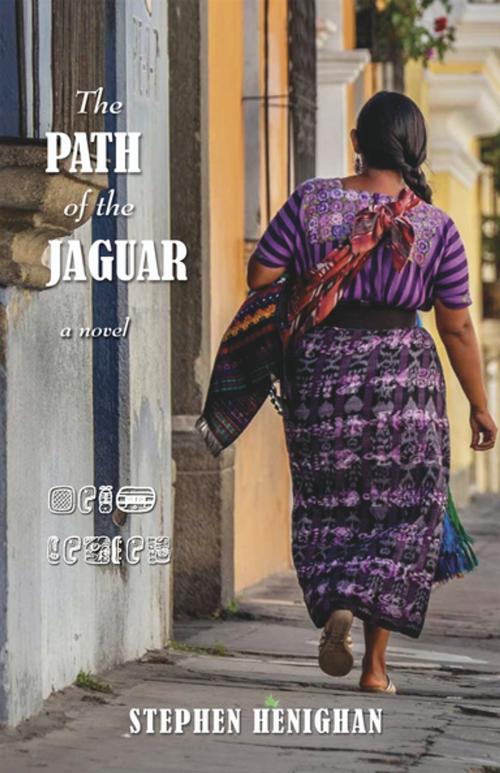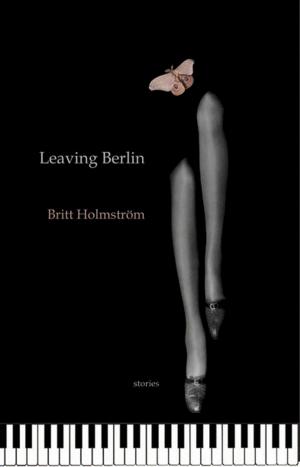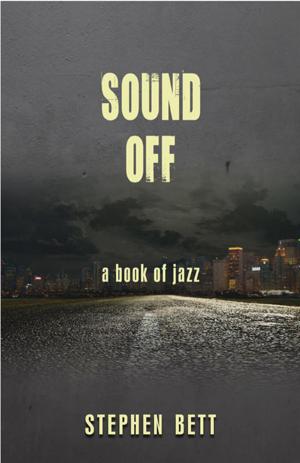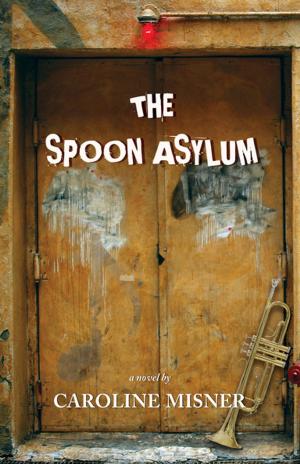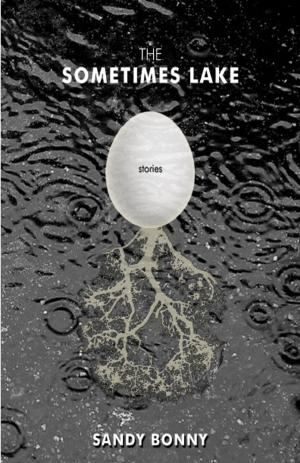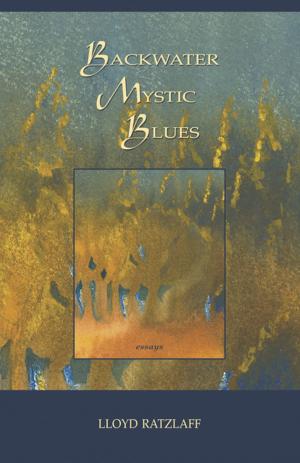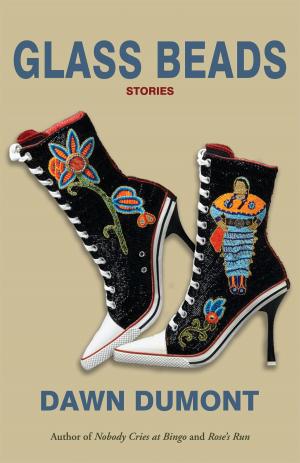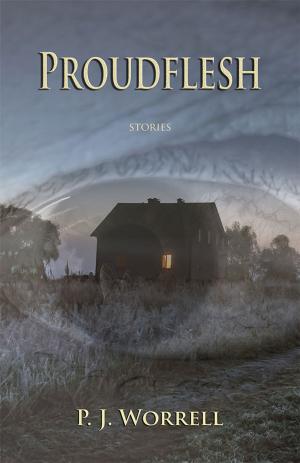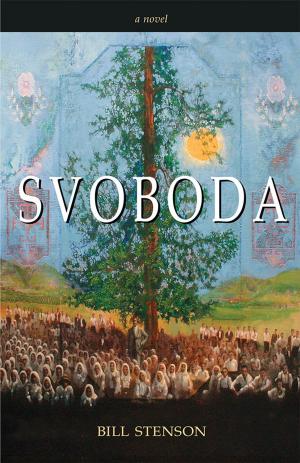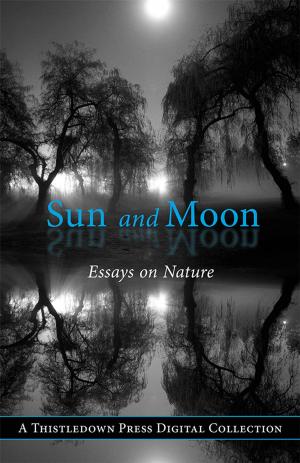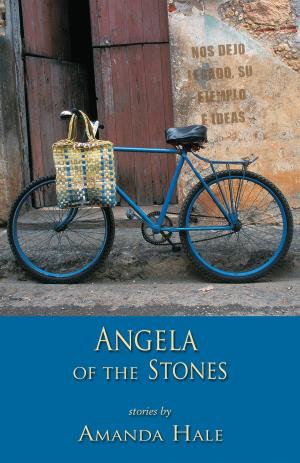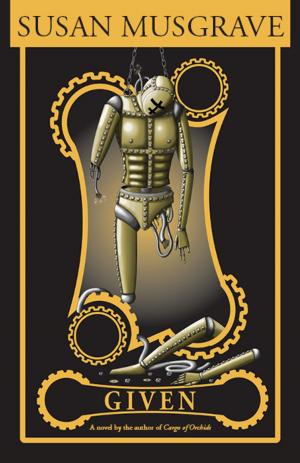| Author: | Stephen Henighan | ISBN: | 9781771871259 |
| Publisher: | Thistledown Press | Publication: | September 15, 2016 |
| Imprint: | Thistledown Press | Language: | English |
| Author: | Stephen Henighan |
| ISBN: | 9781771871259 |
| Publisher: | Thistledown Press |
| Publication: | September 15, 2016 |
| Imprint: | Thistledown Press |
| Language: | English |
As The Path of the Jaguar opens in 1997, Guatemala is emerging from thirty-six years of civil war. Amparo Ajuix, a determined young married woman who lives in a Mayan village with her non-Mayan Guatemalan husband, is optimistic about the future. She is pregnant with her second child. With the help of an American NGO, she runs a savings club for the women in her village with the goal of being able to offer micro-credit loans. Eager to take advantage of Guatemala’s new democracy to strengthen the culture of the Mayan people, she campaigns to switch the language of instruction in the village’s primary school from Spanish to the local Mayan language of Cakchiquel. But Amparo’s life is wracked with tensions. Dona María, an older woman who is a powerful figure in the village market where Amparo sells her handicrafts, is jealous of Amparo’s savings club. Amparo’s best friend, Raquel, is a born-again Protestant who disdains Amparo’s devout Catholicism. The youngest of Amparo’s nine siblings, Yolanda, a pretty seventeen-year-old girl, flirts with foreign men in the nearby tourist town of Antigua. Most seriously of all, Amparo’s husband, Eusebio, suspects that he is not the father of Amparo’s second child. Even though his suspicions are groundless, the erosion of complicity between them poisons their marriage. The second part of the novel opens in 2003. Amparo is working as a teacher in a language school for tourists in Antigua. Most of the students are Americans who want to learn Spanish, but the school’s owner phones Amparo with a special request: a man who manages programs for foreign students in Guatemala wishes to study her native Cakchiquel Mayan language. The experience of teaching this man, whom she calls Ricardo, confronts her with the in-between nature of her own culture: she does not speak Cakchiquel perfectly, as her parents do, yet as a Native person she cannot be completely accepted into Spanish-speaking Guatemalan society; her Catholicism is mixed with beliefs in traditional Mayan gods. Her crisis about what to preserve and what to discard from her culture is accentuated when her son, Pablito, a sickly, enigmatic boy whom she struggles to understand, falls ill.
As The Path of the Jaguar opens in 1997, Guatemala is emerging from thirty-six years of civil war. Amparo Ajuix, a determined young married woman who lives in a Mayan village with her non-Mayan Guatemalan husband, is optimistic about the future. She is pregnant with her second child. With the help of an American NGO, she runs a savings club for the women in her village with the goal of being able to offer micro-credit loans. Eager to take advantage of Guatemala’s new democracy to strengthen the culture of the Mayan people, she campaigns to switch the language of instruction in the village’s primary school from Spanish to the local Mayan language of Cakchiquel. But Amparo’s life is wracked with tensions. Dona María, an older woman who is a powerful figure in the village market where Amparo sells her handicrafts, is jealous of Amparo’s savings club. Amparo’s best friend, Raquel, is a born-again Protestant who disdains Amparo’s devout Catholicism. The youngest of Amparo’s nine siblings, Yolanda, a pretty seventeen-year-old girl, flirts with foreign men in the nearby tourist town of Antigua. Most seriously of all, Amparo’s husband, Eusebio, suspects that he is not the father of Amparo’s second child. Even though his suspicions are groundless, the erosion of complicity between them poisons their marriage. The second part of the novel opens in 2003. Amparo is working as a teacher in a language school for tourists in Antigua. Most of the students are Americans who want to learn Spanish, but the school’s owner phones Amparo with a special request: a man who manages programs for foreign students in Guatemala wishes to study her native Cakchiquel Mayan language. The experience of teaching this man, whom she calls Ricardo, confronts her with the in-between nature of her own culture: she does not speak Cakchiquel perfectly, as her parents do, yet as a Native person she cannot be completely accepted into Spanish-speaking Guatemalan society; her Catholicism is mixed with beliefs in traditional Mayan gods. Her crisis about what to preserve and what to discard from her culture is accentuated when her son, Pablito, a sickly, enigmatic boy whom she struggles to understand, falls ill.
